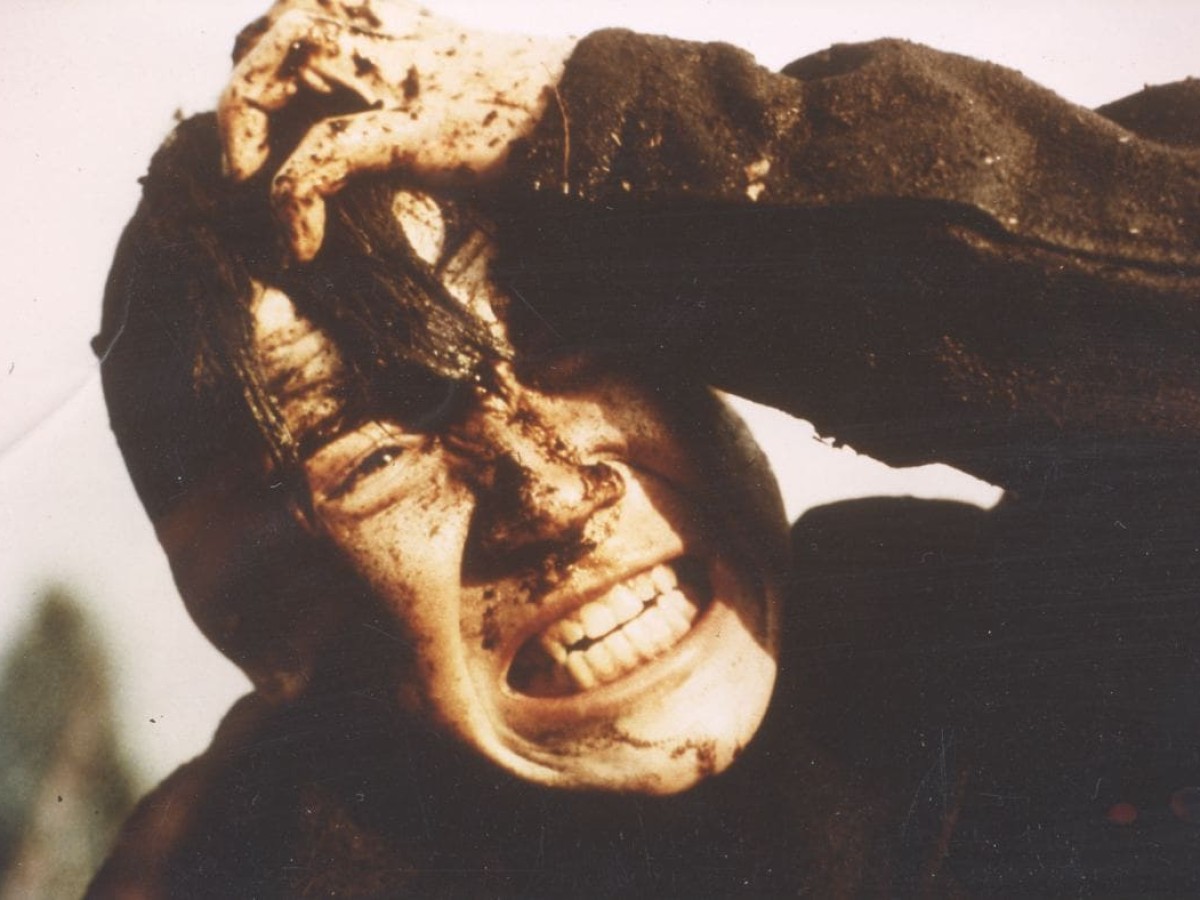Showing Atrocity Images
Visual History of the Holocaust
May 6, 2025
Images of extreme violence are produced and circulated in large numbers in contemporary conflicts. However, they are rarely shown in public. This is true of the violent excesses of the so-called Islamic State, the Hamas pogrom of October 7, Russian war crimes in Ukraine, and other forms of violence in military and political conflicts. But it also applies to those images that are still rightly regarded as the central point of reference and benchmark for the portrayal of violent crimes: the film and photographic records of the liberation of the concentration and extermination camps and the discovery of other sites of Nazi mass crimes. While they are present in many ways as references in feature films and documentaries, video games and other media, memorial sites and other institutions are increasingly reluctant to show the available images in their educational work. Until recently, many of these images lay largely unused in archives. The EU project "Visual History of the Holocaust," coordinated by the Ludwig Boltzmann Institute for Digital History together with the Austrian Film Museum, provides answers to the question of whether and how these atrocity images should be shown. On the occasion of the 80th anniversary of the liberation from National Socialism and against the background of current political events, the online platform developed in the project with the digitally indexed films and photos of the Allies is being made available to the interested public. This presentation provides insight into the background and context of it. (Tobias Ebbrecht-Hartmann, Michael Loebenstein, Ingo Zechner)
Images of extreme violence are produced and circulated in large numbers in contemporary conflicts. However, they are rarely shown in public. This is true of the violent excesses of the so-called Islamic State, the Hamas pogrom of October 7, Russian war crimes in Ukraine, and other forms of violence in military and political conflicts. But it also applies to those images that are still rightly regarded as the central point of reference and benchmark for the portrayal of violent crimes: the film and photographic records of the liberation of the concentration and extermination camps and the discovery of other sites of Nazi mass crimes. While they are present in many ways as references in feature films and documentaries, video games and other media, memorial sites and other institutions are increasingly reluctant to show the available images in their educational work. Until recently, many of these images lay largely unused in archives. The EU project "Visual History of the Holocaust," coordinated by the Ludwig Boltzmann Institute for Digital History together with the Austrian Film Museum, provides answers to the question of whether and how these atrocity images should be shown. On the occasion of the 80th anniversary of the liberation from National Socialism and against the background of current political events, the online platform developed in the project with the digitally indexed films and photos of the Allies is being made available to the interested public. This presentation provides insight into the background and context of it. (Tobias Ebbrecht-Hartmann, Michael Loebenstein, Ingo Zechner)
Related materials
Photos 2025 - Gewaltbilder zeigen
